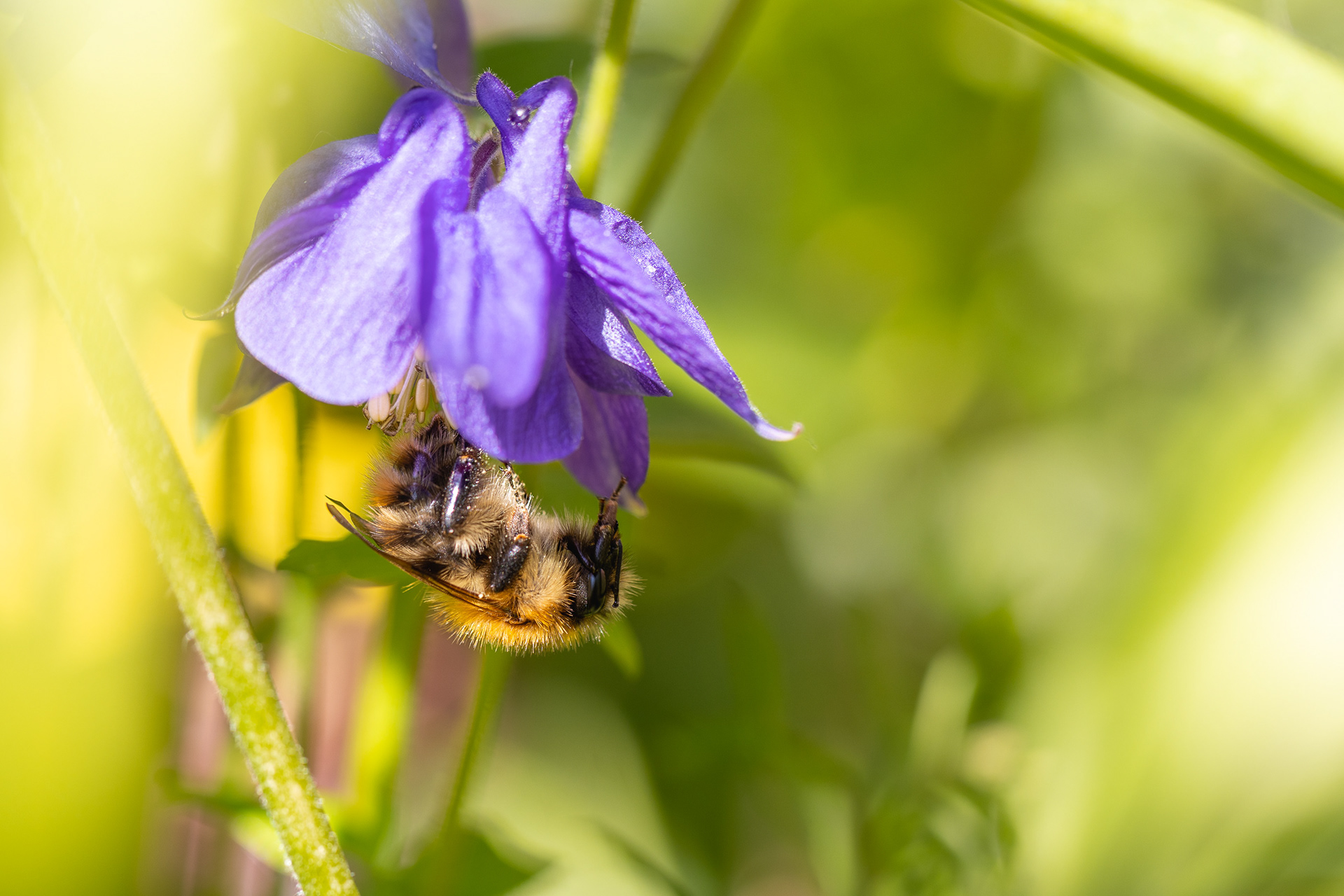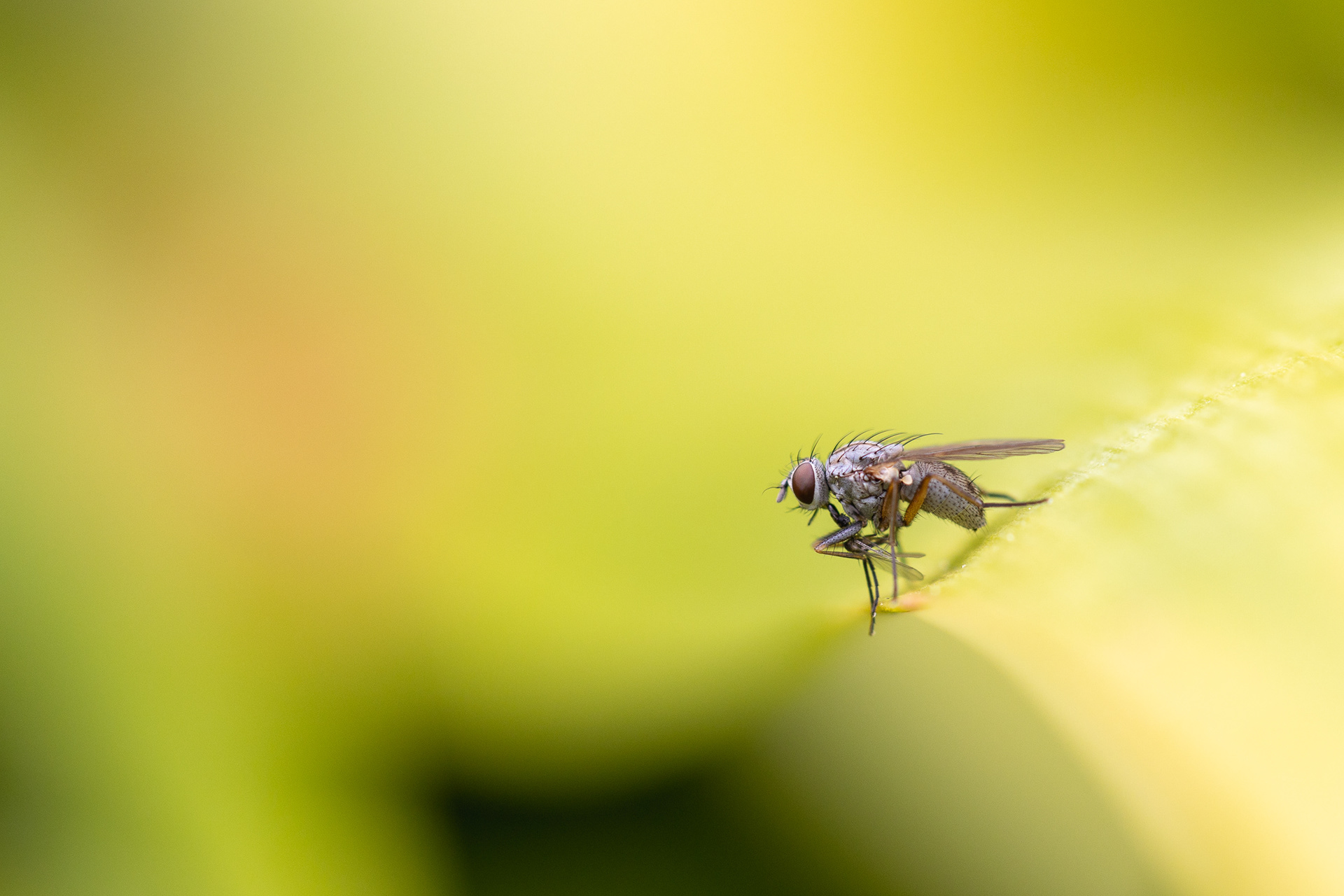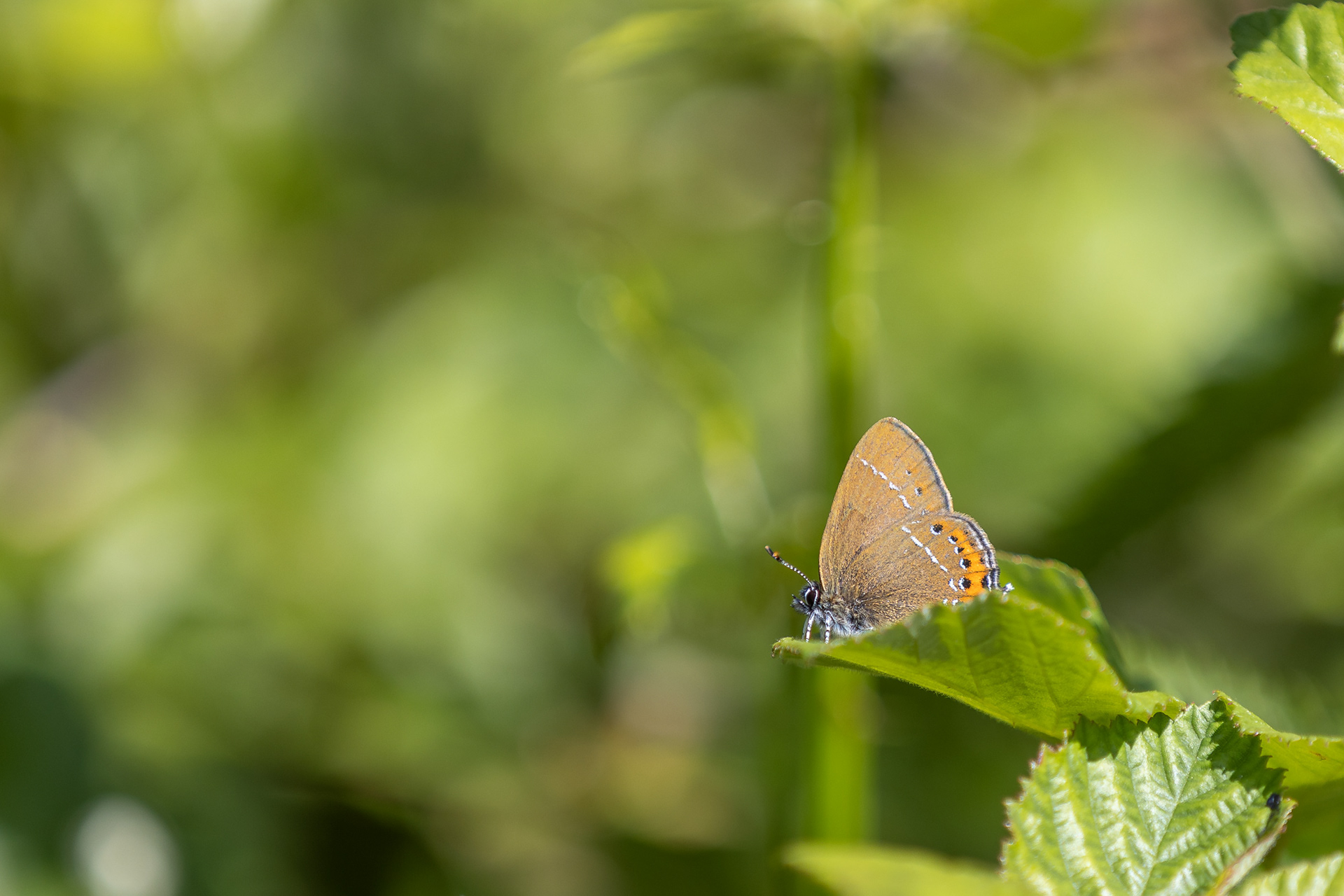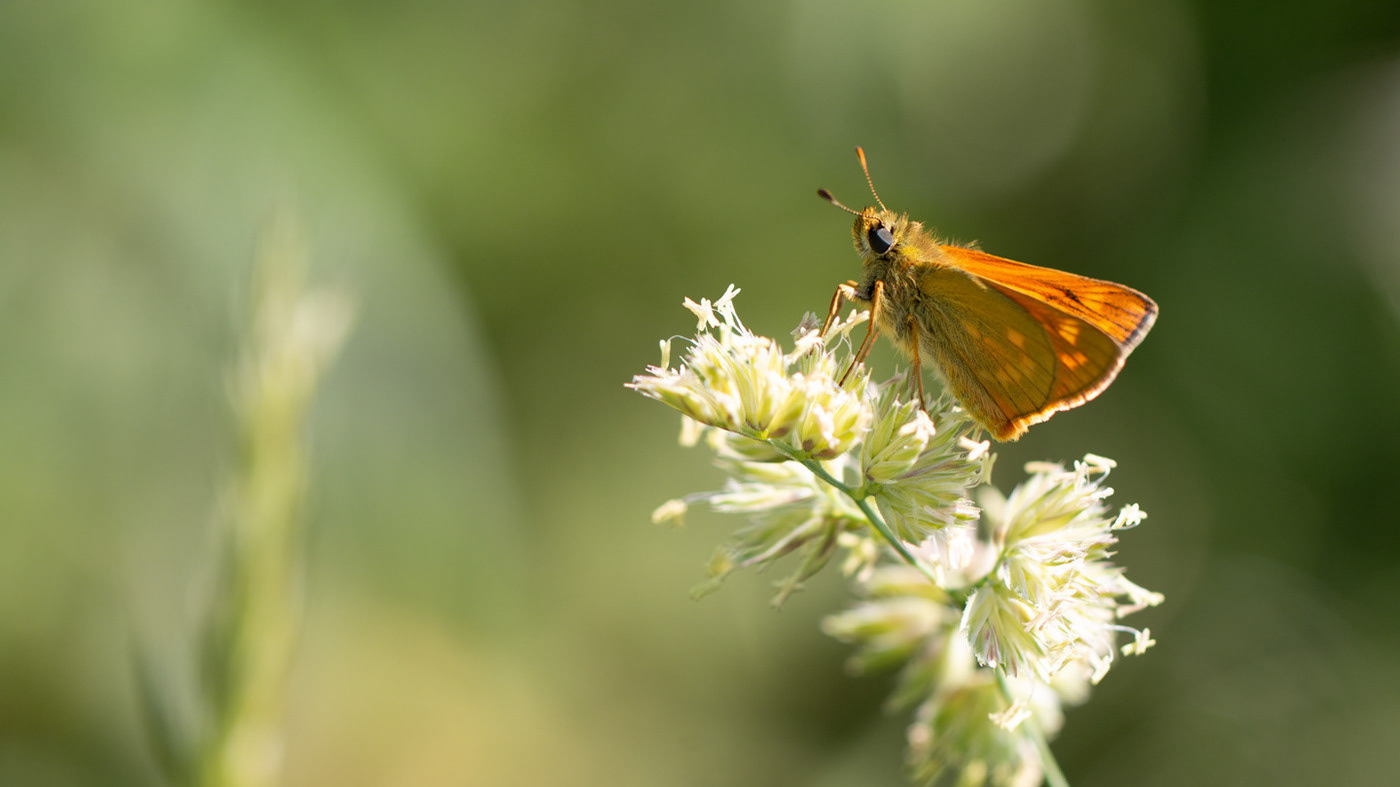


1. Common carder bee (bombus pascuorum)
2. Mint moth (pyrausta aurata)
3. Fourteen-spot ladybird (propylea quattuordecimpunctata)



4. Tiger fly (coenosia tigrina)
5. Orange-tip butterfly (anthocharis cardamines) [female]
6. Red-tailed bumblebee (bombus lapidarius) [male]



7. Thick-legged flower beetle (oedemera nobilis) [male]
8. Narcissus bulb fly (merodon equestris)
9. Mullein moth caterpillar (cucullia verbasci)



10. Seven-spot ladybird (coccinella septempunctata)
11. Chives (allium schoenoprasum)
12. European starling (sturnus vulgaris) [juvenile]



13. Wool carder bee (anthidium manicatum)
14. Malachite beetle (malachius bipustulatus)
15. Black hairstreak butterfly (satyrium pruni)



16. Marsh tit (poecile palustris)
17. Azure damselfly (coenagrion puella)
18. Garden spider (araneus diadematus) [early adult]



19. Common marble moth (celypha lacunana)
20. Field scabious (knautia arvensis)
21. Black bean aphid (aphis fabae)



22. European honey bee (apis mellifera)
23. Patchwork leaf-cutter bee (megachile centuncularis)
24. A hoverfly with no common name (chrysotoxum bicinctum)



25. Little snipe fly (chrysopilus asiliformis)
26. Grasshopper nymph (exact species unknown)
27. Ensign fly (sepsis sp.)



28. Cinnabar moth (tyria jacobaeae)
29. Inlaid grass-veneer moth (crambus pascuella)
30. Sparrowhawk (accipiter nisus) [female]
So that's it for another year, same time again in 2022?
If you want to join in next year, find out more and register at: www.wildlifetrusts.org/30dayswild
Please support your local Wildlife Trust if you can, you can find yours at: www.wildlifetrusts.org/wildlife-trusts







